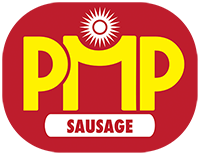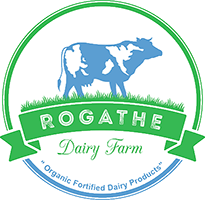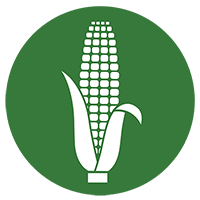
Kenyan chickens consume over 900 thousand tons of feeds per year. Total demand is estimated at 1.4 million tons, left unfilled due to lack of domestic production and high costs. This disparity is greater in the more rural part of Kenya. In Kisii Country, demand is estimated at 80,000 tons, but only 14,000 tons are consumed. Boka Eats has the potential to meet all of this demand, plus...









